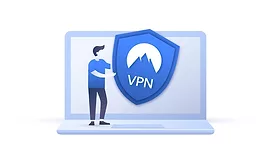Security Top Stories
Integrated Solutions
Cedarville University uses occupancy detection as part of its COVID-response efforts
The Ohio-based university needed a solution to help reduce crowding in its dining facilities and encourage social distancing.
March 10, 2021
Sign-up to receive top management & result-driven techniques in the industry.
Join over 20,000+ industry leaders who receive our premium content.
SIGN UP TODAY!Copyright ©2025. All Rights Reserved BNP Media.
Design, CMS, Hosting & Web Development :: ePublishing
















